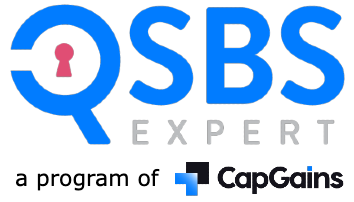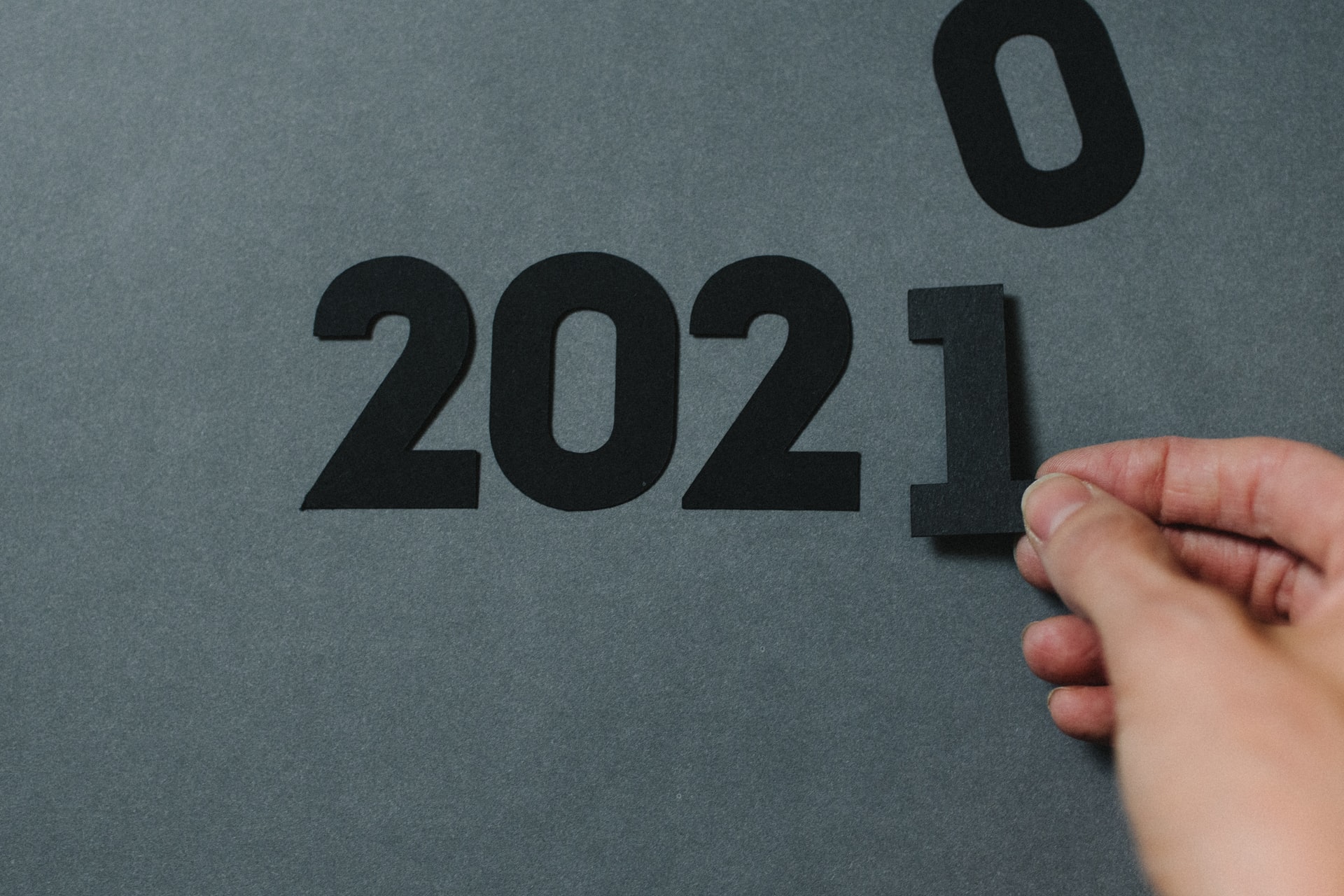As we reach the halfway mark through 2021, U.S. IPOs are already hitting an annual record. This year’s initial public offerings already total $171 billion, overshadowing 2020’s record high of $168 billion.
The year of 2021 has consistently been moving ahead with longer strides than 2020: the average one-day gain in 2021 is 40.5%, compared to a daily gain of 28.2% in 2020. The average one-week gain this year is 35.7%, compared to a weekly rise of 32.2% last year. By the end of 2021, U.S. IPOs could raise between $250 to $300 billion or more, a total that investment bankers would have considered impossible in years past.
Some Factors That Contribute to the IPO Setting Records
Factors such as strong corporate valuations, the Federal Reserve’s low interest rates, and the COVID-19 monetary stimulus have all contributed to IPO enthusiasm. Given this boom, companies that would not have considered going public are now weighing their options, feeling that this may be an opportune time to secure a higher valuation than in other seasons.
The second half of 2021 is looking to be just as busy with a number of high-profile startups set to go public, including China’s ride-sharing giant Didi Chuxing Technology Co, online brokerage Robinhood Markets, and electric-vehicle maker Rivian Automotive.
Much of this year’s stock market action has been attributed to special acquisition purpose companies (SPACs), which have raised almost $100 billion during the first quarter of 2021 alone. Though in 2020, SPACs accounted for less than half of the total volume, the 339 SPACs that have been formed this year account for nearly two-thirds of IPO earnings.
What Are SPAC’s?
SPACs are shell companies formed specifically to raise money through IPOs with the ultimate goal of merging with a private company within two years of their listing date. The merger would then cause that formerly private company to also go public.
Given the current popularity of SPACs in the stock market, investors may be wondering:
Is it Possible to Get Qualified Small Business Stock (QSBS) Through a SPAC?
Unfortunately, a SPAC is unlikely to meet the requirements for QSBS, since IRS guidelines say that a qualified small business (QSB) must provide a product or service to its customers and must have less than $50 million in assets. A SPAC typically does not meet either of these criteria. However, it is important to note that when a SPAC acquires a company that currently or at one time was a Qualified Small Business. Stating, it is likely that not all of the stock held in the target company would be considered QSBS.
If a QSB is acquired by a SPAC, the gain would be capped at the date of acquisition (unless the SPAC itself is a QSB). This means the QSBS exemptions are limited to the amount of gain rolled-over into non-QSB stock.
To learn more about the relationship between SPACs and QSBS, see our article on SPAC Transactions and QSBS. Visit QSBSExpert.com for additional resources on understanding QSBS tax rules.
This article does not constitute legal or tax advice. Please consult with your legal or tax advisor with respect to your particular circumstance.

